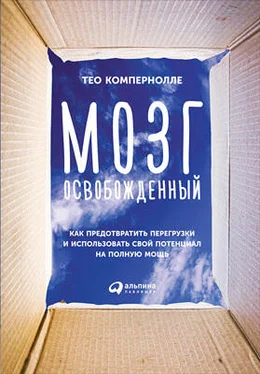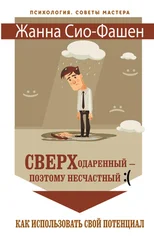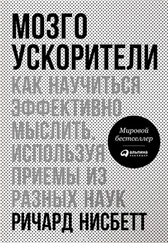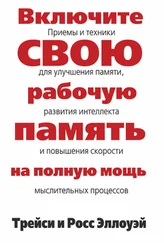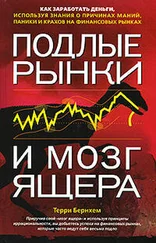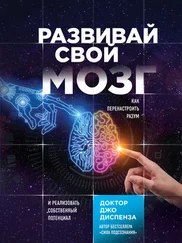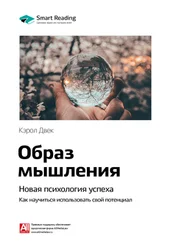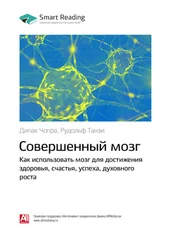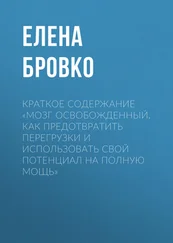Targeting college students on Facebook? How to stop wasting your money. Hemant Sashittala,Rajendran Sriramachandramurthyb,Monica Hodisa. Business Horizons, June 2012.
Envy on Facebook: A Hidden Threat to Users Facebook: Afaction? H. Krasnova, H. Wenninger, T. Widjaja and Peter Buxmann. 11th International Conference on Wirtschaftsinformatik, 27Febr – 1 March 2013, Leipzig, Germany. http://karynemlira.com/wp-content/uploads/2013/01/Envy-on-Facebook_A-Hidden-Threat-to-Users%E2%80%99-Life.pdf
Status Anxiety. Alain de Botton. 2004 Hamish Hamilton.
Cyberpsychology, Behavior, and Social Networking. Hui-Tzu Grace Chou and Nicholas Edge. February 2012, 15(2): pp. 117–121. doi:10.1089/cyber.2011.0324.
The Impact of Social Media on Children, Adolescents, and Clinical Report Gwenn Schurgin O’Keeffe, Kathleen Clarke-Pearson Pediatrics. March 28 2011 Pediatrics http://pediatrics.aappublications.org/content/early/2011/03/28/peds.2011–0054.full.pdf+html
Facebook Use Predicts Declines in Subjective Well-Being in Young Adults. Ethan Kross, Philippe Verduyn, Emre Demiralp, Jiyoung Park, David Seungjae Lee, Natalie Lin, Holly Shablack, John Jonides, Oscar Ybarra. 2013. PL oS ONE 8(8): e69841. doi:10.1371/journal.pone.0069841
The World Is Flat: A Brief History of the Twenty-First Century.Thomas Friedman; Farrar, Straus and Giroux, 2005.
Getting plugged in: An overview of Internet addiction. Caroline Flisher. Journal of Paediatrics and Child Health. Volume 46, Issue 10, Oct 2010, pp. 557–559.
Managing mobile multitasking: the culture of iPhones on stanford campus. Morgan G. Ames. CSCW '13 Proceedings of the 2013 conference on Computer supported cooperative work. pp. 1487–1498. http://delivery.acm.org/10.1145/2450000/2441945/p1487-ames.pdf?ip=137.56.81.143&id=2441945&acc=ACTIVE%20SERVICE&key=C2716FEBFA981EF1DADB8F2F3426481F339C1C9BAE845449&CFID=240362957&CFTOKEN=33442562&__acm__=1377108098_4a1290acc120374cec76d396a4b5397a
Why do I keep interrupting myself?: Еnvironment, habit and self-interruption. Laura Dabbish, Victor M. Gonzale, Gloria Mark. Proceedings of the 2011 annual conference on Human factors in computing systems. ACM New York, NY, USA, 2011.
On the need for attention-aware systems: Measuring effects of interruption on task performance, error rate, and affective state. Brian P. Bailey, Joseph A. Konstan. Computers in Human Behavior Volume 22, Issue 4, July 2006, pp. 685–708.
Reducing the disruptive effects of interruption: A cognitive framework for analysing the costs and benefits of intervention strategies. Deborah A. Boehm-Davis, Roger Remington Accident Analysis & Prevention. Volume 41, Issue 5, Sept 2009, pp. 1124–1129.
The effects of interruptions on task performance, annoyance, and anxiety in the user interface. Brian P. Bailey, Joseph A. Konstan, John V. Carlis. Proceedings of INTERACT (2001). Volume: 1, Publisher: Citeseer, pp. 593–601.
“Constant, constant, multi-tasking craziness constant, multi-taskingsher spheres. Victor M. Gonzale, Gloria Mark. Proceedings of the SIGCHI conference on Human factors in computing systems. ACM New York, NY, USA, 2004.
Corporate Brain Disorder. Theo Compernolle. 1999. Conference “The New Millennium” TIAS Business School. Tilburg. https://sites.google.com/site/compernolleconsulting3/books-tools-and-video-s/artcles-todownload
Multitasking. Buser, T., & Peter, N. (2012). Experimental Economics, 15, pp. 641–655.
DRIVER DISTRACTION IN COMMERCIAL VEHICLE OPERATIONS. Rebecca L. Olson, Richard J. Hanowski, Jeffrey S. Hickman, and Joseph Bocanegra. 2009. U.S. Department of Transportation. http://www.fmcsa.dot.gov/facts-research/research-technology/report/FMCSA-RRR -09-042.pdf
Hanging on the telephone: Mobile phone use patterns among UK-based business travellers on work-related journeys. Donald Hislop. Transportation Research Part F: Traffic Psychology and Behaviour. Volume 15, Issue 2, March 2012, pp. 101–110.
См., например: William Horrey ao., Ann Mccartt ao.
Time allocation and task juggling. D. Coviello, A. Ichino, N Persico – 2011. http://home.business.utah.edu/finmh/persico.pdf
The relation of strength of stimulus to rapidity of habit formation. R.M. Yerkes, J.D. Dodson. J Comp Neurol Psychol, 18 (1908), pp. 459–482.
Revolutionizing product development. Quantum leaps in speed, efficiency, andquality. Wheelwright, SC, Clark, KB, Free Press 1992/2011. P. 91.
Investigating the effects of computer mediated interruptions: An analysis of task characteristics and interruption frequency on financial performance. K. Asli Basoglu, Mark A. Fuller, John T. Sweeney. International Journal of Accounting Information Systems. Volume 10, Issue 4, Dec 2009, pp. 177–189.
Juggling on a high wire: Multitasking effects on performance. Rachel F. Adler, Raquel Benbunan-Fich. International Journal of Human-Computer Studies. Volume 70, Issue 2, February 2012, pp. 156–168.
Stress: Vriend en Vijand. Uitgeverij Lannoo Belgium. 2012. 14th edition.
Цитируется по моей книге «Стресс: Друг и враг» (Stress: Friend and Foe). Бесплатные материалы по этой книге можно найти на моем сайте www.compernolle.com
Stress: Vriend en Vijand. Uitgeverij Lannoo Belgium. 2012. 14th edition.
“A Pace Not Dictated by Electrons”: An Empirical Study of Work Without Email. Gloria J. Mark, Stephen Voida, Armand V. Cardello. Proceedings of CHI 2012.
The cost of interrupted work: more speed and stress. Gloria Mark. Proceedings of the twenty-sixth annual SIGCHI conference on Human factors in computing systems. ACM New York, NY, USA, 2008.
Switching on and off …: Does smartphone use obstruct the possibility to engage in recovery activities? Daantje Derksa, Lieke L. ten Brummelhuis, Dino Zecica & Arnold B. Bakker. European Journal of Work and Organizational Psychology. 23 Dec 2010.
Stress and open-office noise. Evans, Gary W.; Johnson, Dana. Journal of Applied Psychology, Vol. 85(5), Oct 2000, pp. 779–783.
Daily computer usage correlated with undergraduate students’ musculoskeletal symptoms. C.-H. Chang, B.C. Amick III, C.C. Menendez, J.N. Katz, P.W. Johnson, M. Robertson, J.T. Dennerlein. Am. J. Ind. Med., 50 (2007), pp. 481–488.
Undergraduate college students’ upper extremity symptoms and functional limitations related to computer use: a replication study. M. Jenkins, C.C. Menéndez, B.C. Amick III, J. Tullar, N. Hupert, M.M. Robertson, J.N. Katz Work, 28 (2007), pp. 231–238.
A prospective study of computer users: I. Study design and incidence of musculoskeletal symptoms and disorders. F. Gerr, M. Marcus, C. Ensor, D. Kleinbaum, S. Cohen, A. Edwards, E. Gentry, D.J. Ortiz, C. Monteilh. Am. J. Ind. Med., 41 (2002), pp. 221–235.
Daily computer usage correlated with undergraduate students’ musculoskeletal symptoms. Che-hsu (Joe) Chang P.T., MS, Benjamin C. Amick III PhD, Cammie Chaumont Menendez MPH, MS, Jeffrey N. Katz MD, MS, Peter W. Johnson PhD, Michelle Robertson PhD, CPE, Jack Tigh Dennerlein PhD, American Journal of Industrial Medicine. Volume 50, Issue 6, June 2007, pp. 481–488.
Читать дальше
Конец ознакомительного отрывка
Купить книгу
